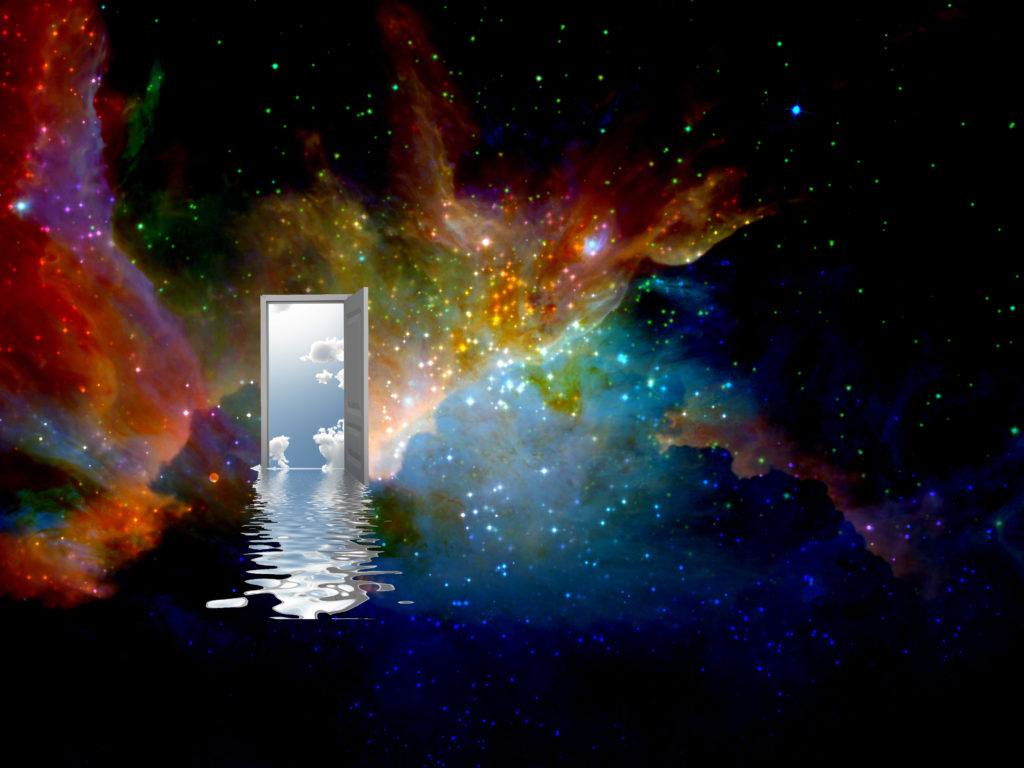
Existential distress and death anxiety are common in patients nearing the end of life. While it can be difficult to define existential distress, common themes include a lack of meaning or purpose, loss of connectedness to others, thoughts about the dying process, loss of self, hope, autonomy, and temporality.1 These symptoms often occur in parallel with severe anxiety and depression and have been shown to decrease the quality of life of patients and their families, as well as increasing the desire to hasten death.
Particularly in the West, where dying practices have been largely secularized and institutionalized, and traditional sources of meaning such as religion and community are increasingly absent, the end of life has become characterised by fear, anxiety, and uncertainty.
Today, up to 40% of cancer patients entering full-term care meet the criteria for a mood disorder.2,3 However, current treatment options for existential suffering have been found to be inadequate at best.4,5 In the healthcare and palliative care system, existential anxiety is generally understood as a mental health issue and treated with psychotherapy, usually in conjunction with anti-depressants such as selective serotonin reuptake inhibitors (SSRIs) or antipsychotics such as haloperidol. However, these interventions are likely to produce adverse side-effects and relapse is common.6 In several studies, researchers have further failed to demonstrate a clear treatment effect of anti-depressants for major depressive disorder when compared to a placebo.7
Early Studies Using LSD and Psilocybin for End-of-Life Anxiety
The pressing need to find a more suitable therapeutic model for addressing the physical and psychological suffering which often accompanies the end of life is not new. The first known rigorous study using psychoactive substances to treat end-of-life distress was led by Eric Kast at the University of Chicago in the 1960s.8 Kast and his colleagues were interested in finding out whether LSD could reduce pain perception in terminal cancer patients. He found that not only did LSD lead to significant reductions in total pain when compared to other opioids in use at the time (Dilaudid and Demerol), but that patients also reported decreased anxiety and fear of death.
In order to look into these effects, Kast would go on to carry out two more follow-up studies, administering LSD to a total of 208 patients in terminal care.9 The results of these studies showed that LSD diminished pain perception acutely for up to two weeks, decreased depressed mood, fear of cancer diagnosis and death, and improved sleep and could elicit mystical-type experiences.1
Between 1963 and 1970, inspired by Kast’s work, Stanislav Grof carried out a series of open-label trials using high doses of LSD (200-500 mcg oral) and dipropyltryptamine (DPT, 60-105 mg intramuscularly), another novel psychedelic of the time, as control.10 At around the same time, Walter Pahnke was assessing the impact of LSD-assisted psychotherapy in terminal cancer patients at the Sinai Hospital in Baltimore.11 Similarly to Kast, both research teams found that their participants showed dramatic improvements in anxiety, depression, isolation, and fear of death, and noted an unexpected correlation between the spontaneous mystical experiences provoked by LSD, and clinical improvements.
Regardless of the impressive results of these studies, following the passing of the Controlled Substances act in 1970 in the U.S, research with psychoactive substances in terminal care was largely abandoned for almost 40 years.
The State of the Art
In recent years, several scholars have picked up the psychedelic torch where Grof and Panhke left off in the early 1970s. Their results continue to surpass expectations for the treatment of end-of-life anxiety.

KieferPix / Shutterstock
In 2011, Charles Grob and colleagues carried out a pilot study to assess the safety and efficacy of psilocybin, a prodrug molecule found in hallucinogenic mushrooms, for the treatment of anxiety associated with a terminal cancer diagnosis.12 They monitored physiological functions (heart-rate, HR and blood pressure, BP) as well as a series of psychological measures using a battery of tests for depression, mood states, and anxiety in 12 participants. The data showed only minor elevations in HR and BP after psilocybin administration, but a sustained reduction in anxiety lasting over several weeks, proving psilocybin to be a safe and effective intervention, even in this frail population.
In 2016, Roland Griffiths and colleagues at Johns Hopkins University designed a randomized, double-blind, cross-over trial comparing the effects of low (1 or 3 mg/70 kg) and high (22 or 30 mg/70 kg) doses of psilocybin on a much larger sample, this time 51 cancer patients with terminal diagnoses.13 Corroborating the findings of Grob et al., this study found that at high-doses, psilocybin produced substantial decreases in both clinician and self-rated measures of depressed mood and anxiety, and also led to an increased quality of life, meaning, and optimism, and a lasting decrease in death anxiety.
Just last year, Agin-Liebes et al. carried out the first-ever long-term follow-up study on the effects of psilocybin therapy on patients with life-threatening cancer.14 They showed that 4.5 years after a psilocybin-assisted psychotherapy session, 60-80% of participants still met the criteria for clinically-significant antidepressant and anxiolytic responses. Furthermore, 71-100% rated their psilocybin experience as one of the most meaningful in their lives.
Why are Psychedelics so Effective at Treating Existential Anxiety?
The mechanisms of action of classic psychedelics such as LSD and psilocybin for the treatment of existential distress are not well-understood. It has been suggested that improved cognitive flexibility and increases in trait openness following a mystical-type experience may play a role.15-17 There is something quite intuitive in comparing the psychedelic experience to the dying experience, however, in that both comprise of “a journey to new realms of consciousness” as described by Timothy Leary in The Psychedelic Experience.18
Psychedelics may help people relieve death anxiety by allowing the dying person to access, as Walter Pahnke proposed in the 1960s “untapped ranges of human consciousness, providing a sense of security which transcends even death.”11 And it is in that sense of security, which seems so absent today, that researchers may find some answers to the difficult existential questions which everyone must face one day.